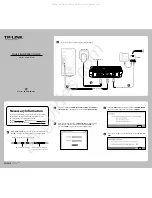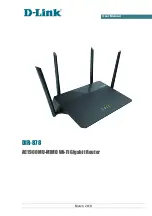
4.4
PORT FORWARDING
NAT functionality is only useful for traffic flows that are initiated by the Vanguard or by a device that is physically
connected to the Vanguard. Port forwarding can be enabled to allow remote devices connecting through the Internet
to initiate traffic flows with a local device connected to a Vanguard router.
In the example configuration shown below, a host from the Internet can create either a TCP or UDP connection with
the local host at 192.168.1.250 on port 7000 by sending a packet to the cellular IP address of the Vanguard at port
8010. When the Vanguard receives a packet destined for port 8010 it will look through the Port Forwarding table to see
if a matching rule exists. It finds the rule that instructs it to forward this packet to port 7000 of IP address
192.168.1.250. The Vanguard then modifies the destination IP address and port number before forwarding the packet
onto the local area network.
Figure 54 Port Forwarding Example
Port forwarding is useful for field applications that use polling that is initiated by a polling master. The port forwarding
function allows the polling master to establish a data connection through the Internet. The incoming polling message is
forwarded by the Vanguard to the appropriate PLC or RTU on the Vanguard’s local area network.
Vanguard 3000 Series Multicarrier Cellular Data Modem & IP Router PN 001-7300-100 Rev. B
| Page 89
















































